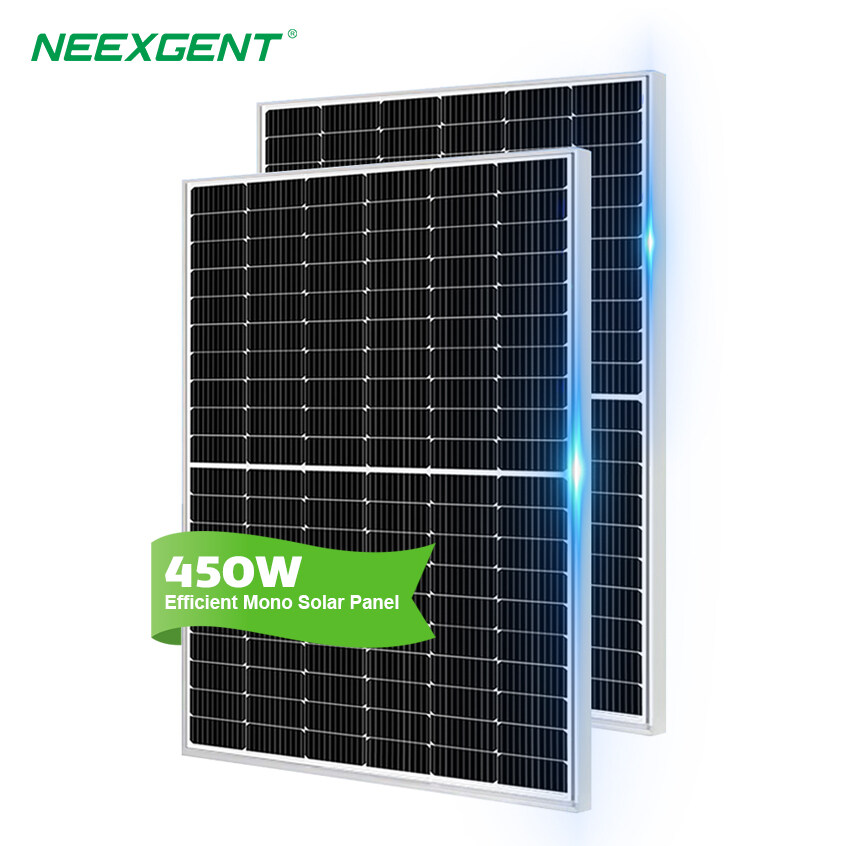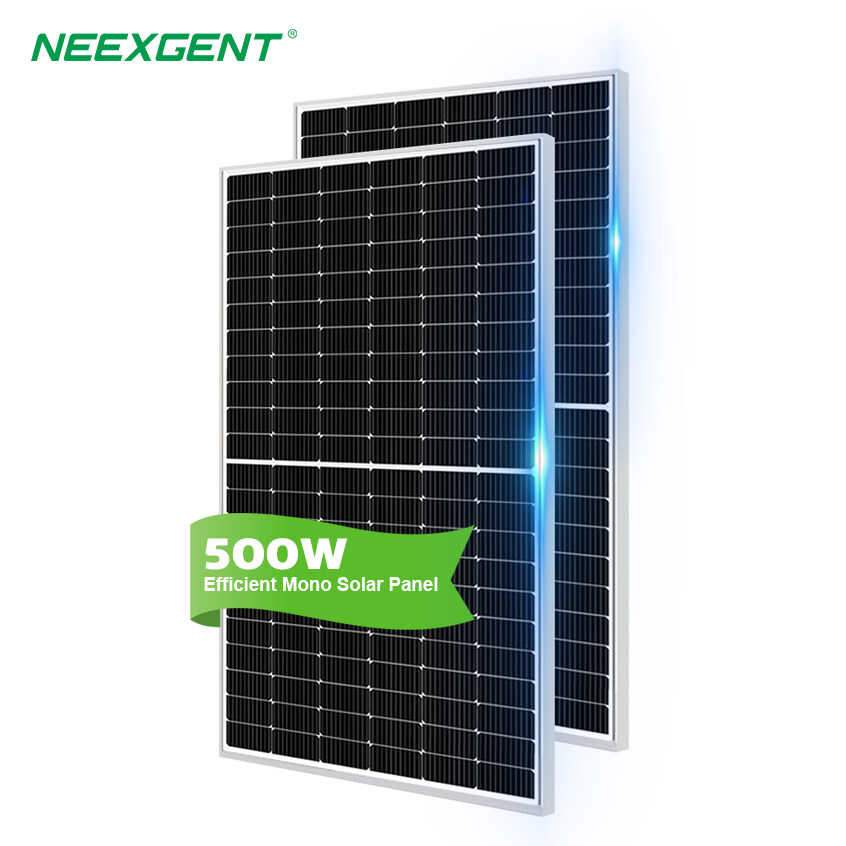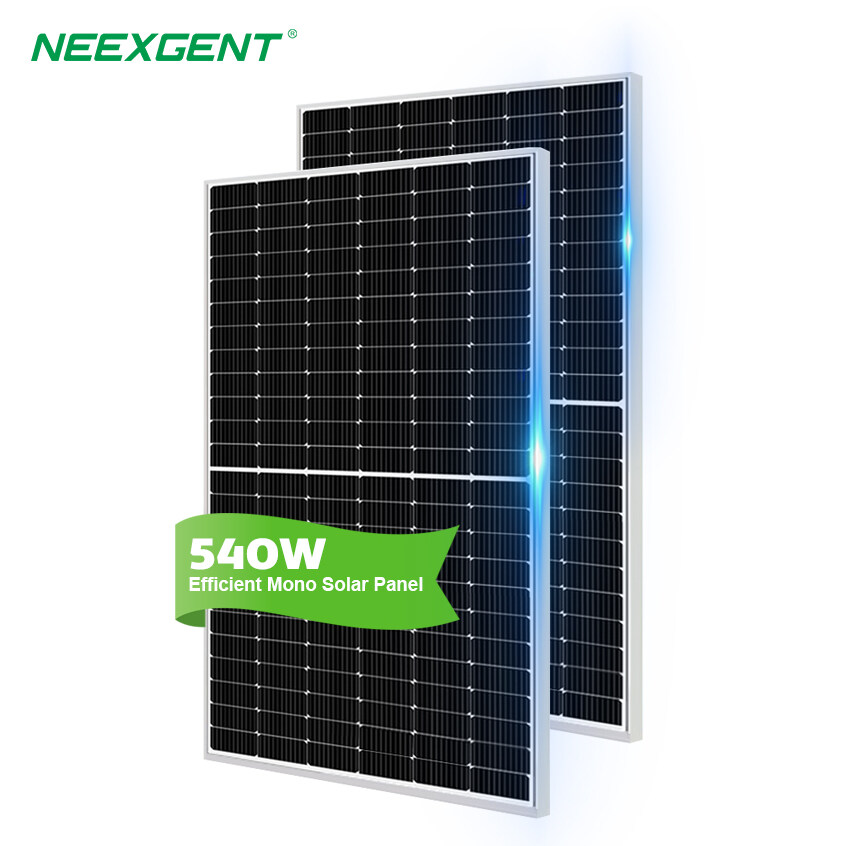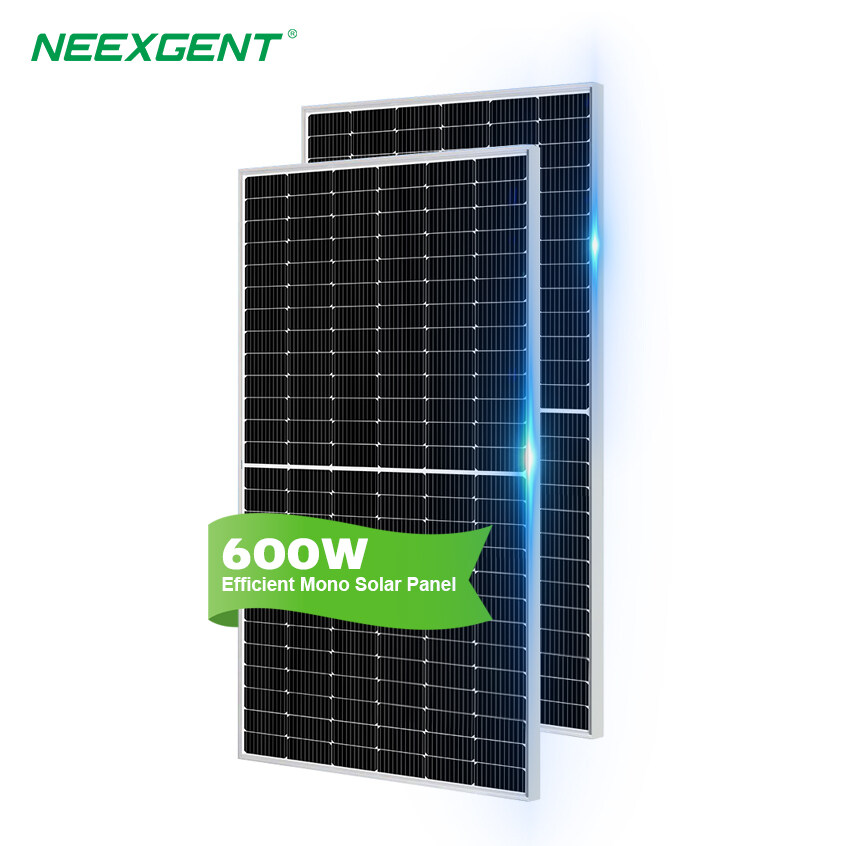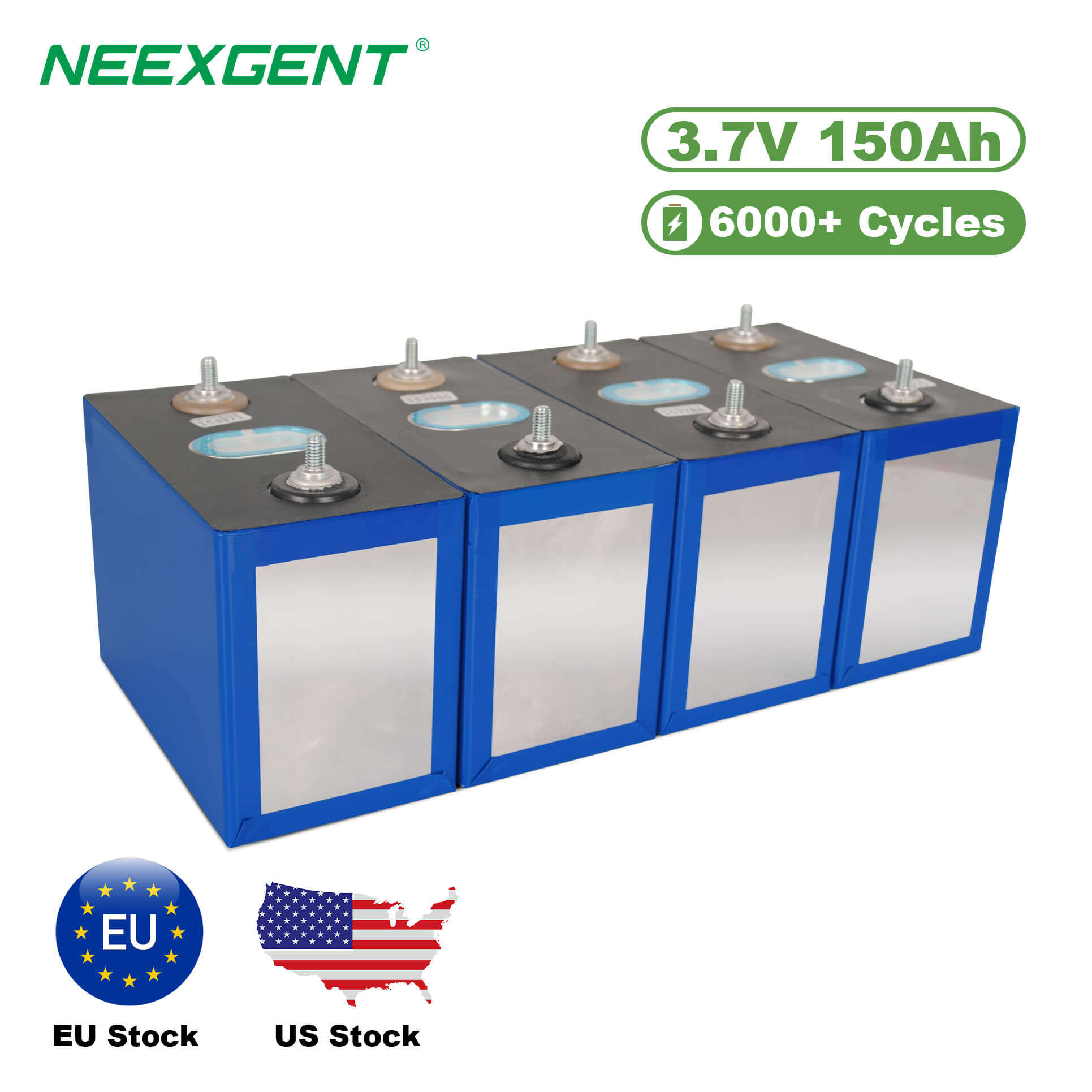As solar energy continues to gain popularity as a clean and sustainable power source, the technology behind it is also evolving. One significant advancement in solar technology is the utilization of micro inverters. In this article, we will delve into the world of micro inverters, comparing them to string inverters, exploring their benefits, providing guidance on selecting the right micro inverter, discussing the differences between micro inverters and power optimizers, and addressing common troubleshooting issues. Let's embark on this enlightening journey!
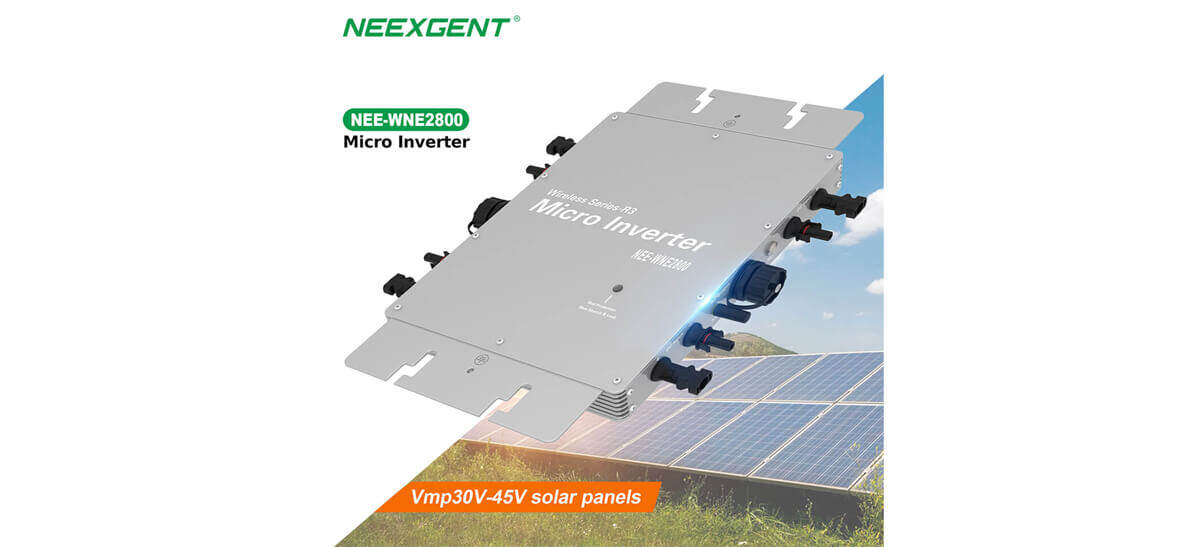
Neexgent WVC 2800 High Efficiency Micro Inverter
Benefits of using micro inverters in solar systems:
Micro inverters offer several advantages over traditional string inverters. Unlike string inverters that are connected to multiple solar panels, micro inverters are installed on each individual panel. This design allows for independent performance, leading to increased energy production even in partial shade or if a single panel malfunctions. Additionally, micro inverters provide panel-level monitoring, enabling real-time performance tracking and easier maintenance. With micro inverters, system reliability and overall energy output are significantly improved.
Comparison between micro inverters and string inverters:
When it comes to choosing between micro inverters and string inverters, several factors should be considered. While string inverters are generally more cost-effective for larger installations, micro inverters shine in terms of performance and flexibility. Micro inverters excel in scenarios where panels face different orientations, shading is a concern, or when expansion of the solar array is anticipated. On the other hand, string inverters are suitable for installations with panels facing the same direction and minimal shading. It's important to evaluate the specific requirements of your solar project to make an informed decision.
Top-rated micro inverters for residential solar installations:
If you're considering micro inverters for your residential solar installation, it's essential to choose a high-quality product. Some of the top-rated micro inverter brands in the market include Enphase Energy, SolarEdge, and APsystems. These manufacturers offer reliable and efficient micro inverters with advanced features such as panel-level monitoring, compatibility with smart home systems, and enhanced safety mechanisms. Researching customer reviews and consulting with solar professionals can help you select the best micro inverter for your home.
How to choose the right micro inverter for your solar project:
Selecting the right micro inverter involves assessing specific project requirements and understanding the technical specifications. Consider factors such as panel capacity, voltage range compatibility, efficiency ratings, and warranty terms. Additionally, evaluate whether the micro inverter integrates seamlessly with the chosen solar panel brand and monitoring system. Seeking guidance from solar experts or installers can streamline the selection process and ensure optimal performance of your solar system.
Micro inverters vs. power optimizers: Which is better?
While micro inverters and power optimizers serve similar purposes in maximizing solar panel output, there are distinct differences between the two. Micro inverters convert DC power to AC power at the individual panel level, while power optimizers enhance the performance of each panel but rely on a central string inverter for conversion. Micro inverters offer superior shade tolerance and independent panel-level monitoring, while power optimizers can be a cost-effective alternative for installations with shading concerns. The choice between the two depends on specific project requirements and budget considerations.
Troubleshooting common issues with micro inverters in solar arrays:
While micro inverters are designed to be reliable, occasional issues may arise. Some common problems include communication errors, underperformance of certain panels, or inverter malfunctions. Troubleshooting these issues may involve checking connections, updating firmware, or contacting technical support from the manufacturer. It's crucial to refer to the user manual or seek professional assistance to diagnose and resolve any problems effectively.
Micro inverters have revolutionized the way we harness solar energy by offering numerous advantages over traditional string inverters. Their ability to optimize energy production, provide panel-level monitoring, and enhance system reliability makes them a compelling choice for residential and commercial solar installations.
When comparing micro inverters to string inverters, it's important to consider factors such as shading, panel orientation, and expandability. While string inverters may be more cost-effective for larger installations with uniform conditions, micro inverters excel in scenarios where shade or panel variations are present. They offer flexibility, higher energy yields, and easier maintenance.
For residential installations, it's crucial to choose reputable micro inverter brands such as Enphase Energy, SolarEdge, or APsystems. These companies offer reliable, efficient, and feature-rich micro inverters that integrate seamlessly with various solar panel brands and monitoring systems.
To select the right micro inverter for your solar project, evaluate technical specifications such as panel capacity, voltage range compatibility, efficiency ratings, and warranty terms. Seek advice from solar professionals to ensure compatibility and optimal performance.
While micro inverters and power optimizers share similar goals, they differ in their approach. Micro inverters convert DC power to AC power at the individual panel level, offering independent performance and shade tolerance. Power optimizers, on the other hand, enhance panel performance but rely on a central string inverter for conversion. Choosing between the two depends on the specific project requirements and budget considerations.
In the event of troubleshooting issues with micro inverters, it's essential to consult the user manual, check connections, and update firmware as necessary. If problems persist, contacting technical support from the manufacturer or seeking assistance from solar professionals can help resolve the issues effectively.
Micro inverters have transformed the solar energy landscape with their ability to optimize energy production, provide panel-level monitoring, and enhance system reliability. By understanding their benefits, comparing them to string inverters, selecting the right micro inverter, and addressing common troubleshooting issues, you can harness the full potential of solar energy and contribute to a sustainable future.
Micro inverters have revolutionized the solar industry by addressing the limitations of traditional string inverters and offering a more efficient and reliable solution. Their ability to maximize energy production, provide individual panel monitoring, and adapt to various installation scenarios has made them a preferred choice for many solar enthusiasts.
One of the key advantages of micro inverters is their ability to optimize energy production, especially in situations where shading is a concern. Unlike string inverters, which are connected to multiple panels in series, micro inverters operate on a per-panel basis. This means that if one panel is shaded or experiences a drop in performance, it won't affect the output of the entire system. Each panel can generate its maximum power independently, resulting in higher overall energy yields.
Micro inverters offer the convenience of panel-level monitoring. By providing real-time data on the performance of each individual panel, homeowners and installers can easily identify any issues or underperforming panels. This level of granularity allows for efficient troubleshooting and maintenance, ultimately leading to improved system reliability and long-term performance.
Selecting the right micro inverter for your solar project is crucial to ensure optimal performance and compatibility. Consider factors such as the maximum power rating of the micro inverter, the voltage range it supports, and its efficiency ratings. It's also essential to check if the micro inverter is compatible with the chosen solar panel brand and any monitoring systems you intend to use. Consulting with solar professionals or reputable installers can provide valuable insights and recommendations based on your specific project requirements.
In the comparison between micro inverters and power optimizers, both technologies aim to address the challenges of shading and panel-level optimization. However, micro inverters offer a more comprehensive solution as they not only optimize individual panel performance but also convert DC power to AC power at the panel level. Power optimizers, on the other hand, enhance the performance of each panel but rely on a central string inverter for the final conversion. The choice between micro inverters and power optimizers depends on the specific needs of your solar project, budget constraints, and the level of shading or panel variations you expect to encounter.
While micro inverters are designed to be highly reliable, occasional issues may arise. Some common troubleshooting steps include checking the connections between the micro inverters and the solar panels, ensuring the firmware is up to date, and verifying that the monitoring system is functioning correctly. If problems persist, contacting the manufacturer's technical support or consulting with experienced solar professionals can help identify and resolve any issues promptly.
Micro inverters have transformed the way we harness solar energy by providing numerous benefits such as increased energy production, panel-level monitoring, and enhanced system reliability. By understanding their advantages, making informed choices during the selection process, and addressing any troubleshooting issues, you can optimize the performance of your solar system and contribute to a sustainable future powered by clean energy.

